Kegals 101
Kegel or pelvic floor strengthening exercises can be an important part of your pelvic rehabilitation. Most people have heard of Kegels, but many do not know exactly what it is, if they should be doing them or if they are doing them correctly.
What Are Kegel Exercises?
Kegel exercises involve contracting and relaxing the muscles of the pelvic floor. These muscles form a supportive sling across the base of the pelvis, supporting the bladder, rectum, and the uterus for women and the prostate for men. Strengthening these muscles helps improve bladder and bowel control and can enhance sexual health.
Why Kegel Exercises Matter
1. Improved Bladder Control: One of the most well-known benefits of Kegel exercises is their ability to help manage urinary incontinence. Whether it’s stress incontinence from laughing or sneezing, or urge incontinence, Kegel exercises can provide significant relief by strengthening the pelvic muscles.
2. Enhanced Sexual Health: For both men and women, a strong pelvic floor can lead to better sexual function. In women, it can lead to more intense orgasms and greater sensation. For men, it can help with erectile dysfunction and premature ejaculation.
3. Support During Pregnancy: Pregnant women can benefit greatly from Kegel exercises. Strengthening the pelvic floor can make labor easier and improve recovery post-birth.
4. Postpartum Recovery: After childbirth, Kegel exercises can aid in recovering pelvic floor strength and tone, which may be affected during delivery.
5. Preventing Pelvic Organ Prolapse: After having a baby or as we age, the pelvic floor can weaken, potentially leading to pelvic organ prolapse. Regular Kegel exercises can help maintain strength and prevent such issues.
How To Do Kegel Exercises
1. Identify the Right Muscles: To locate your pelvic floor muscles, try stopping urination midstream. The muscles you use to do this are your pelvic floor muscles. Once identified, you can perform Kegel exercises anytime, anywhere however, do NOT stop urination midstream as a regular exercise as this can create poor bladder habits.
2. Get into a Comfortable Position: You can do Kegels while sitting, standing, or lying down. Start in a position that feels comfortable and where you can focus.
3. Contract and Hold: Tighten your pelvic floor muscles as if you’re trying to stop the flow of urine. Hold the contraction for about 5 seconds, then relax for 5 seconds. As you get stronger, you can gradually increase the holding time.
4. Repeat: Aim for 10-15 repetitions per session. Perform these exercises 3 times a day in different positions. Consistency is key to seeing improvements.
Tips for Success
Breathe Normally: Don’t hold your breath while doing Kegels. Continue to breathe normally to avoid tension in other areas of your body.
Focus on the Right Muscles: Avoid engaging your abdominal, thigh, or buttock muscles. The focus should solely be on the pelvic floor.
Incorporate into Routine: Make Kegel exercises part of your daily routine. You can do them while watching TV, working at your desk, or standing in line.
Kegel exercises are a simple yet powerful way to boost your pelvic floor health. By incorporating these exercises into your daily routine, you can enjoy better bladder control, enhanced sexual health, and overall improved well-being.
Written by Chantal Pinsent, MScPT, CAFCI, Dry Needling Certified
About the Author
This article is brought to you by Chantal Pinsent, a Physiotherapist at Corona Physio who has a passion for Women’s Health treatments. She focuses on pelvic floor dysfunction, painful sex, incontinence, pregnancy and postpartum concerns. Click the button below to learn more about our pelvic floor treatments and services in downtown Edmonton!








